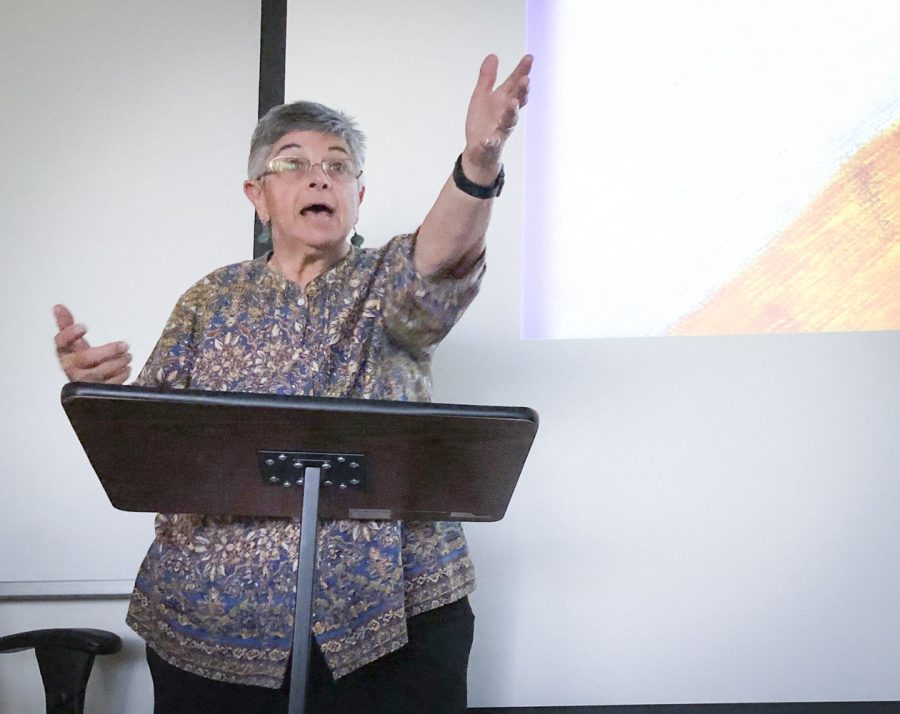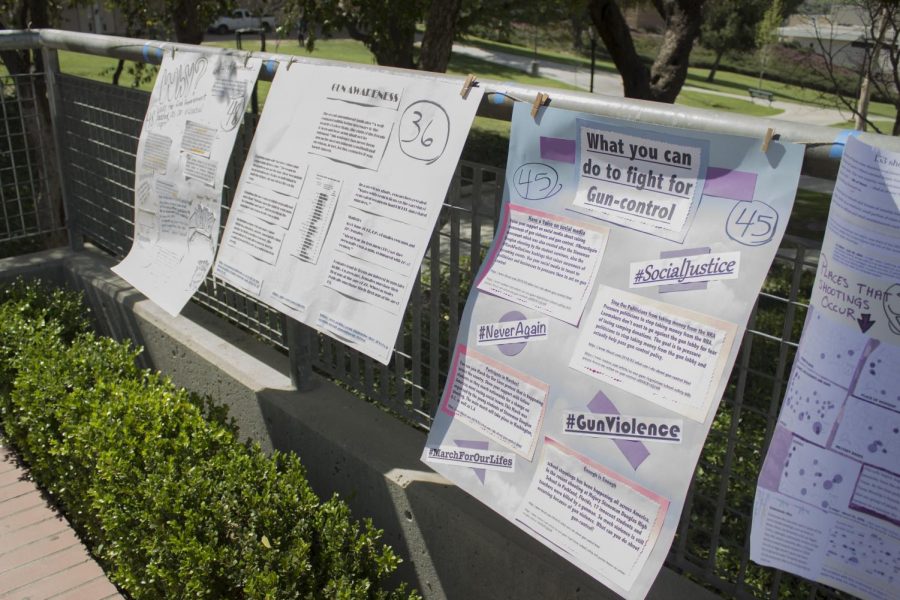As the holiday season approaches, you generally don’t think about how much information you’re sharing with the stores you’re shopping in.
On Nov. 15, the Year of committee presented Dr. Jestlan Hopkins at the “The ‘You’ May Never Meet” presentation, which took place in the EATM auditorium from 1 p.m. until 2:15 p.m.
Hopkins, a privacy researcher and son of Moorpark College History Professor Ranford Hopkins, spoke to students about how corporations use technological methods to better understand their customers, with and without their consent.
“The digital world and the physical world are no longer separated,” Hopkins said.
According to Hopkins, most people don’t realize how much they’re being analyzed when they shop. Many companies, including Macy’s, Target, Verizon, and Facebook, use social media and data mining to understand their customer’s behavior, movements, and actions as they shop in their stores and online. Data mining is the process in which the combination of computer science and statistics is used to discover patterns in large data sets.
The presentation began as Hopkins shared several stories about consumers who found out how much companies really knew about them. One story in particular was about a father who found out that Target figured out that his 17-year-old daughter was pregnant before he did. She was receiving coupons for baby products as a result of this type of analyzing.
Hopkins then explains how such companies use big data, which converts unstructured data from numerous sources into actual human knowledge, to track customers so inconspicuously that we don’t notice. All of this is done in order to predict what the consumer will do and where the consumer will go in the store and online.
He says it’s not always a bad thing, as companies do this for security and to enhance the consumer shopping experience. However, in the end, it’s about making the customers come back for more.
“It’s all about their return on investment,” Hopkins said. “That’s the reason why consumers are being tracked, particularly in retail.”
Hopkins also explains the types of methods and business models used in stores to track consumers. These methods ranged from high definition cameras to the several types of facial recognition and detection that can get as much information out of you as a fingerprint would.
“It’s all you,” Hopkins said.
He also explains how consumers can be tracked by their smartphones, as well as whenever they use Wi-Fi by their MAC addresses and by Bluetooth. He advises students as to how they can maintain their privacy by turning off their phones and opting out of that service online.
With all of this in mind, Hopkins says that this results in the consumers losing their control and sense of themselves and sharing a part of themselves they don’t even know about corporations. He then explains how the consumer is paying not only in money, but also in information.
“Even if you are paying for [what you bought], you’re the product,” Hopkins said.
There seemed to be a positive reaction amongst the students who attended. Melissa Rigaud, 19, explained how the presentation helped her become more prepared when she goes shopping.
“It was very informative,” Riguad said. “I’ll make sure to turn my Bluetooth off.”
With the constant talk of one’s every move being watched, Cory Wyatt, 19, felt as if he was in a science fiction novel.
“I think it was kind of funny that all of this science fiction and conspiracy theory style surveillance is actually happening,” Wyatt said.
Though the lecture ended at 2:15 p.m, attendees were given a chance to ask any questions they had for Hopkins. Several students there took this to their advantage, as they continued to discuss with him about how corporations operate these systems and what they can do about it.
“Due to time, there was a lot that couldn’t be discussed [at the presentation],” Hopkinssaid.
A revised version of the PowerPoint presentation that Hopkins used throughout his speech will be made available online soon at the Year of Self and Society’s website, which is now under development.





